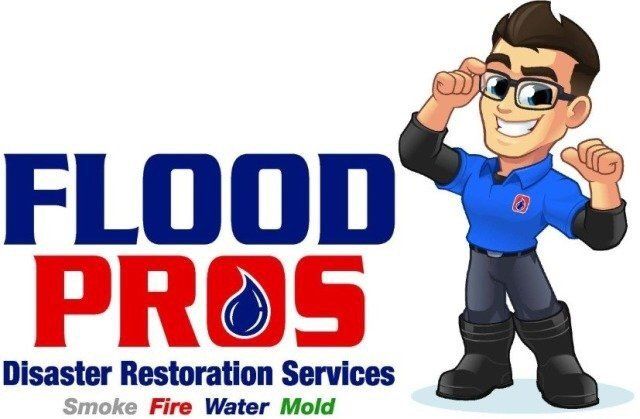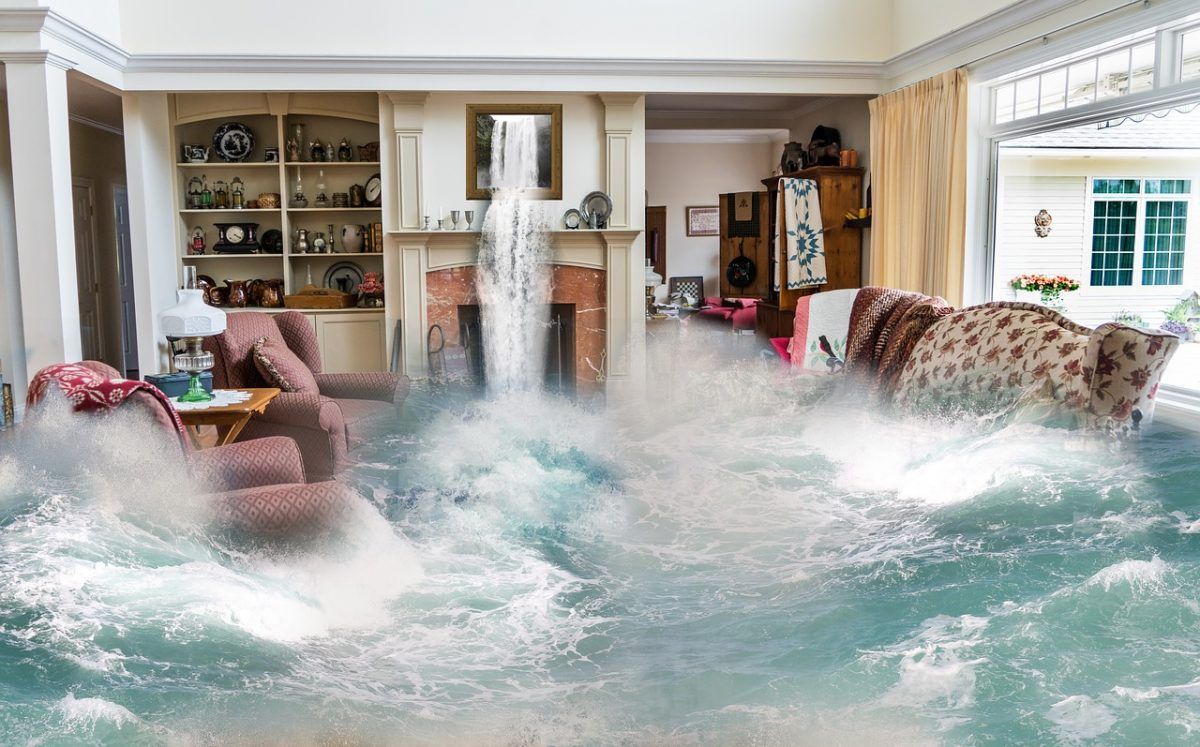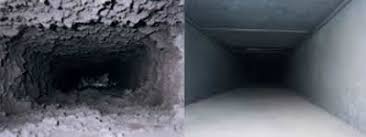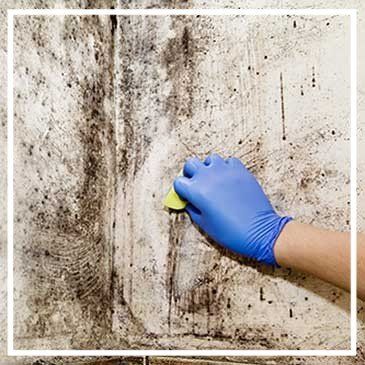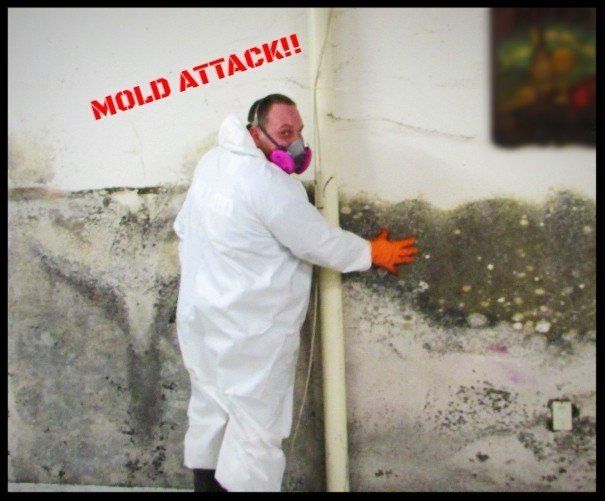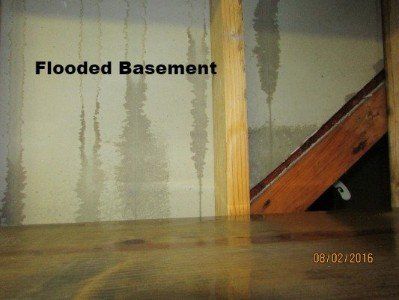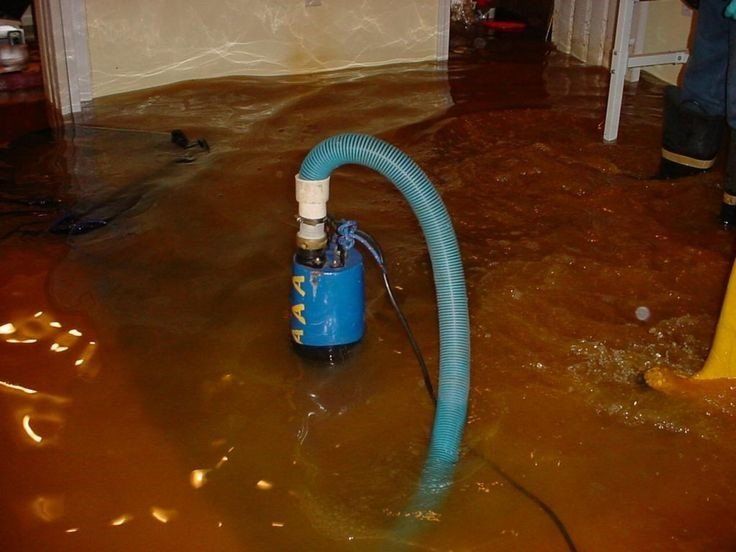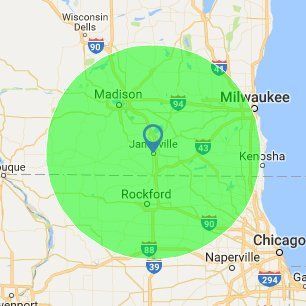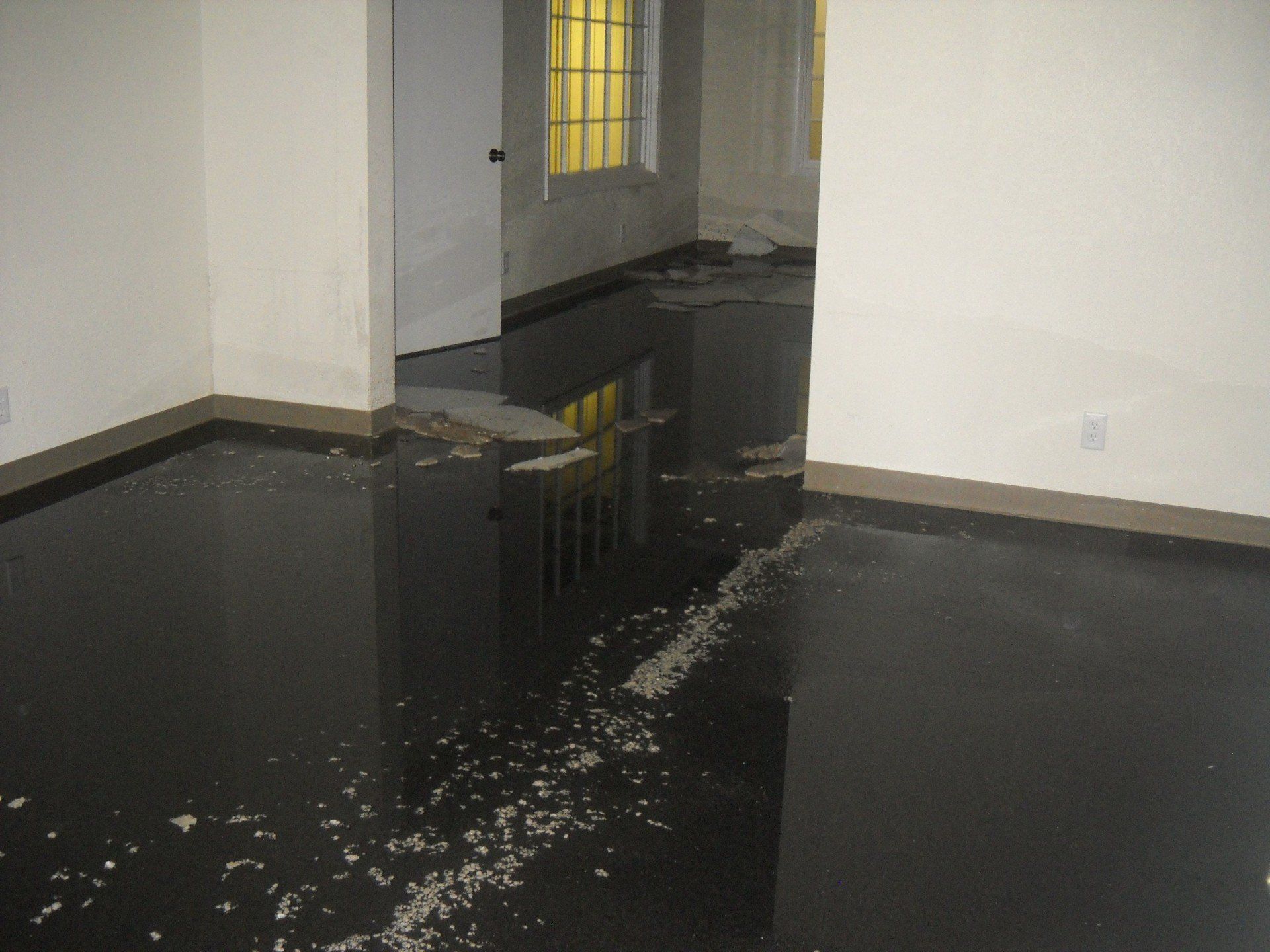
Clean and maintain gutters and downspouts : Cleaning your gutters and maintaining your downspouts is an essential part of maintaining your home. By keeping your gutters free of debris and ensuring downspouts are properly positioned away from the foundation, water from rain and storms will flow freely, rather than pooling up against your home. Downspouts should direct water at least three feet away from your foundation; in most cases, using downspout extensions or troughs is necessary to achieve this distance. While cleaning your gutters and maintaining your downspouts can be a bit of annoyance. It's a relatively simple and inexpensive task. Properly landscape your yard : The slope of your yard or the shape of your flower bed could be contributing to your water issues. Seems crazy, right? Consider this: If the slope of your yard directs water towards your home, water will pool up around your property, and eventually find a way in. Depending on your specific landscaping issue, you may need to regrade your lawn, or even have a French drain installed. Inspect and repair foundation cracks: Cracks in your home's foundation can act as as open invitation to water intrusion. To prevent basement flooding or water damage, visually inspect the exterior of your foundation, basement walls and floors on a regular basis. If you come across any cracks during your inspection CALL FLOOD PROS TO REPAIR 815-398-2379. Practice proper sump pump maintenance: Sump pump failure is the most frequent cause of basement floods. If your home has a sump pump, you've already got a great defense in combating mold, water damage, and flooding. However, simply owning a sump pump doesn't give you a "get out of jail free" card - you've got to maintain it too. Inspect sewers and clean septic systems: When was the last time you had your sewer inspected or your septic tank cleaned? Skipping out on sewer inspections and septic tank cleanings is a sure fie way to invite havoc into your home, as clogs, sewer backups and overflows and bound to eventually happen with lack of maintenance. Install Window Well Covers and Window Well Repairs: Homes with below-grade basement windows should always be protected with window well covers. When fastened securely over your basement windows and latched on to your home's foundation, window well covers work wonders in waterproofing your basement. To keep your basement bright, look for clear acrylic window well covers. Get familiar with your insurance: Do you have flood insurance? How about additional coverage for sewer backups? This won't prevent basement flooding per se, but if you don't know the answer to either of these questions, take a few moments to review the details of your home's insurance policy. The Overall lesson: Be a proactive homeowner As much as we hate to say it, owning a home is never a walk in the park. Whether problems arise from flooding, fire damage, or even mold growth , issues are bound to occur - after all, there's no such thing as the "perfect home." By being a proactive homeowner, you can spot small and easily fixable issues before they become full-blown disasters. When it comes to a dry basement, a little bit of pro-activeness goes a long way. Article Referenced By: Justin Woodard
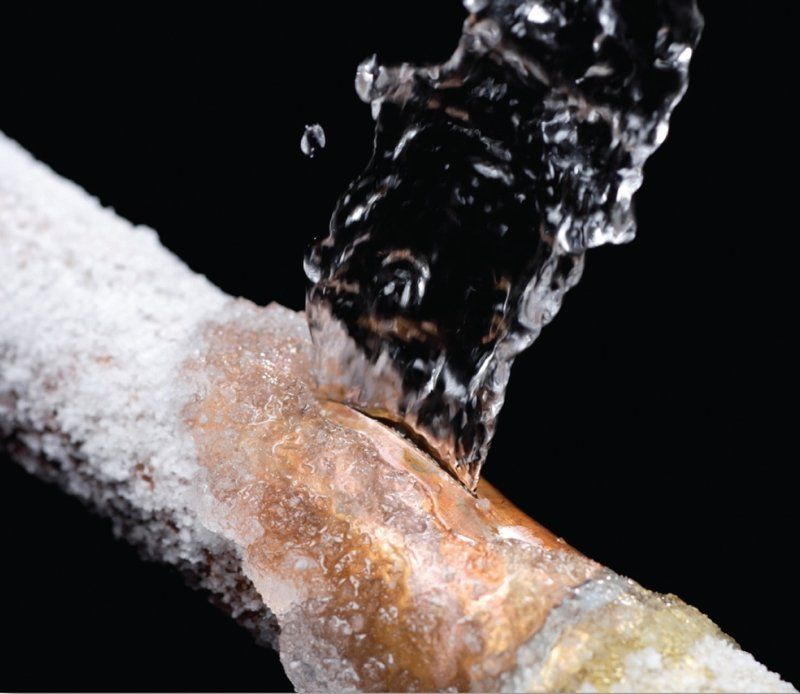
Homeowner Tips: What to do when you have Frozen Pipes 1. Locate your main water shut of valve and immediately turn off your water supply. Now, follow that pipe until you find frost on your pipes. 2. Stay Safe, if there are electrical outlets plugged in and there is standing water anywhere in the home call a plumber immediately, if there is a need for water cleanup or water damage in the home call Flood Pros. 3. Grab a dehumidifier, a mop, a bucket, and a heating element (space heater, hair dryer, heat lamp) and begin thawing the pipe. (DO NOT USE A TORCH OR FLAMMABLES) 4. As you start to thaw the pipe, any cracks that resulted from the expansion of the water in the pipes as it froze will start to leak, this is why we have our bucket. If you catch any water before it hits the floor, you will save a ton of headache from mold and mildew.

